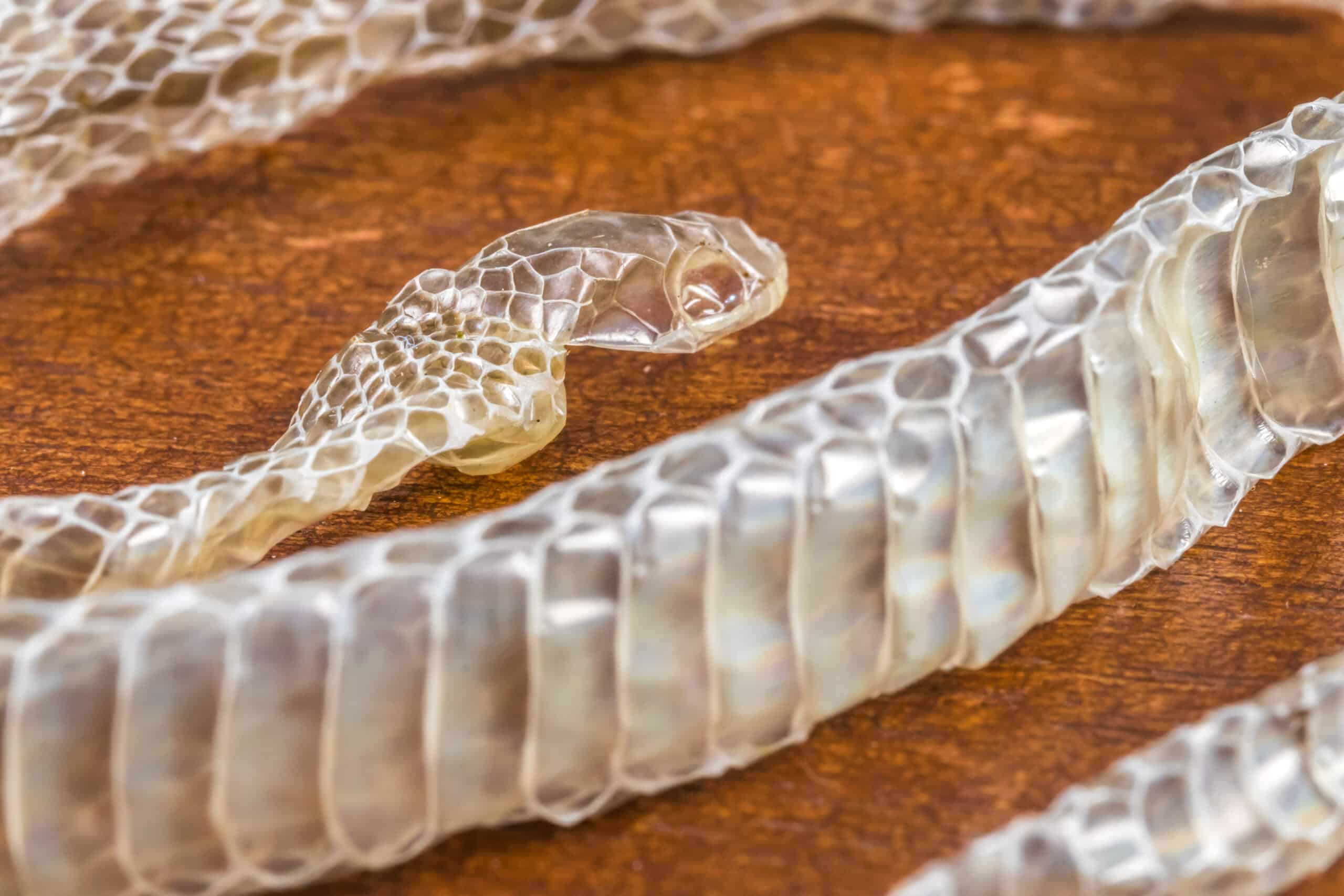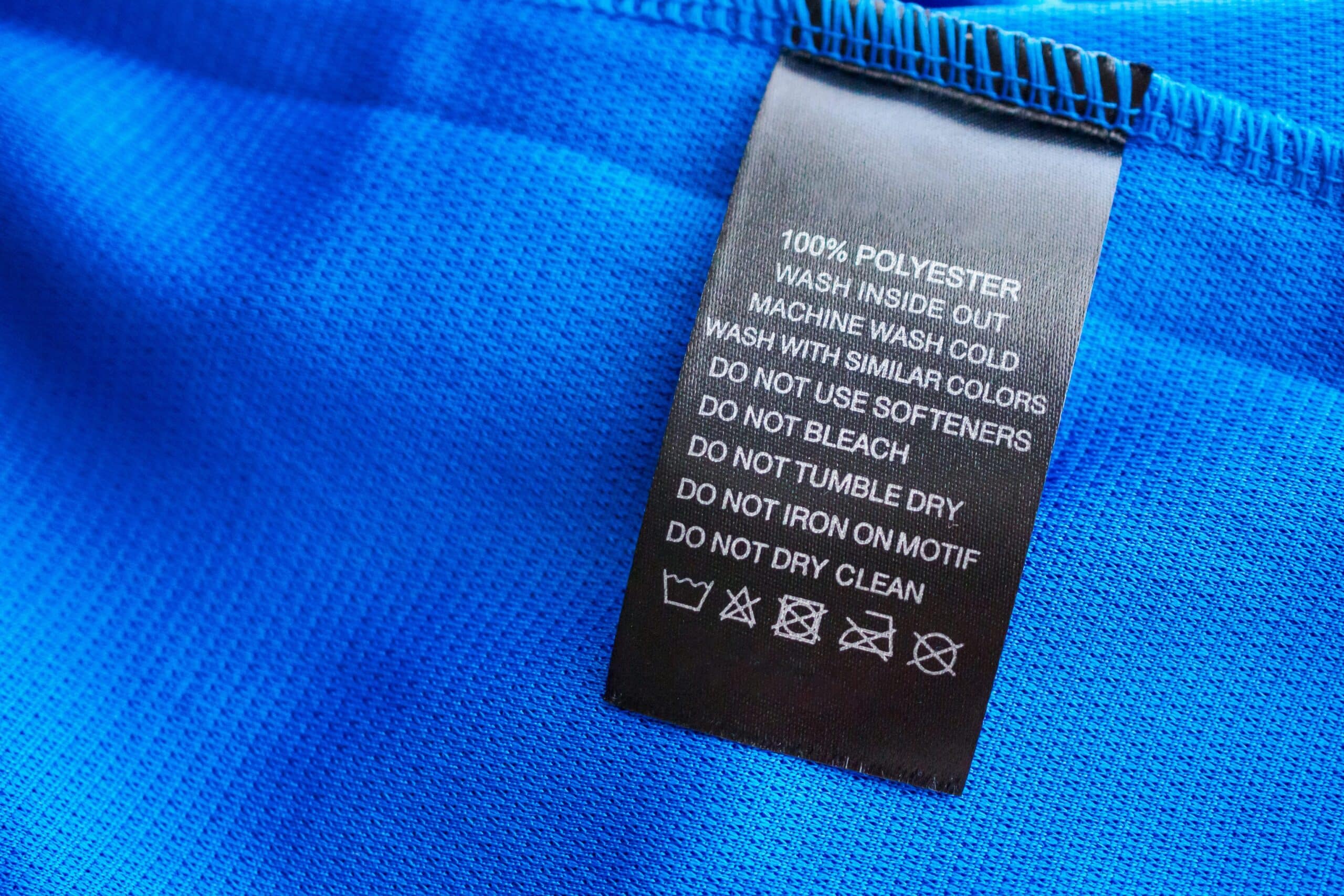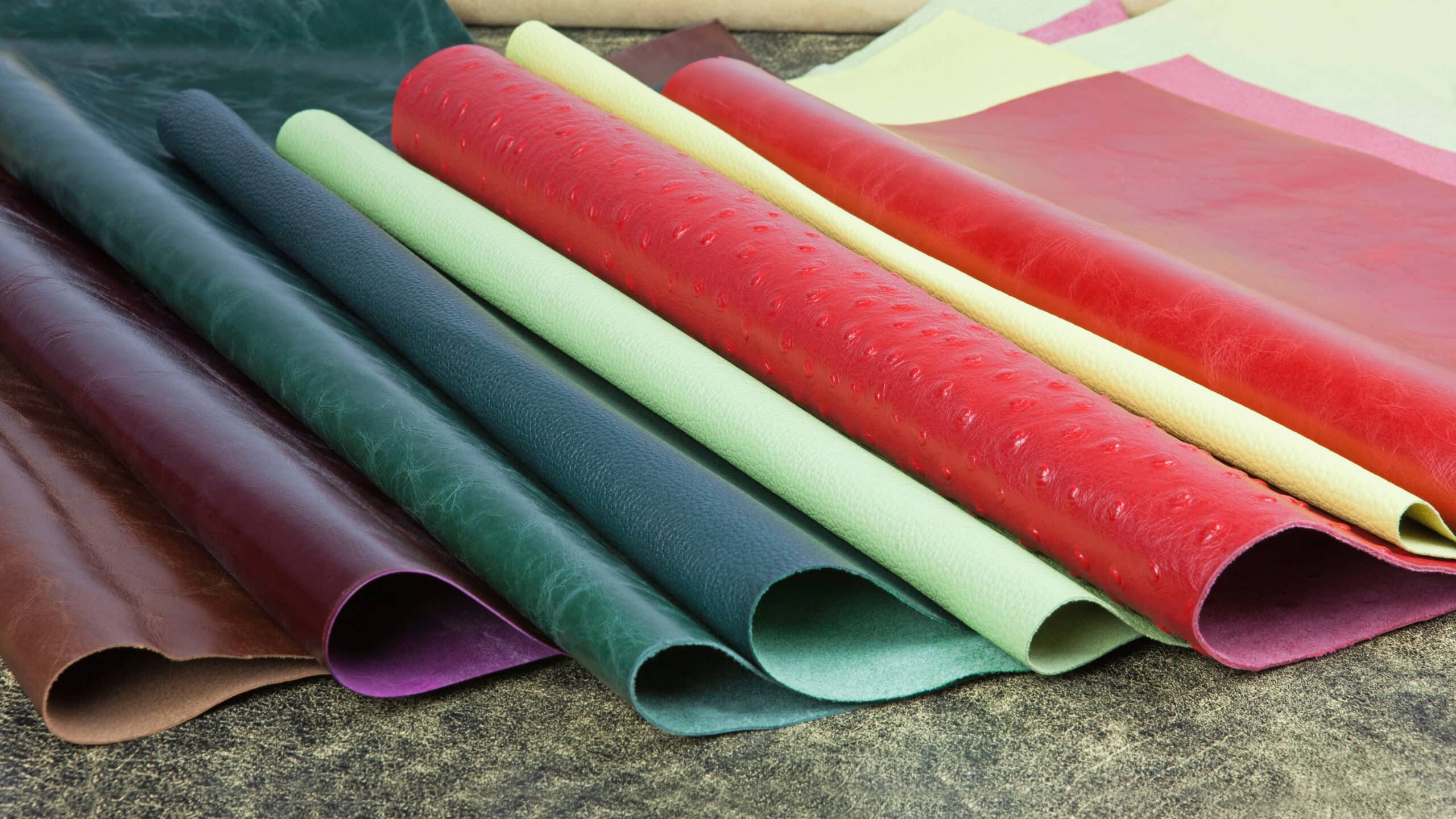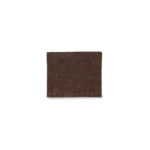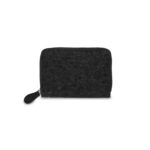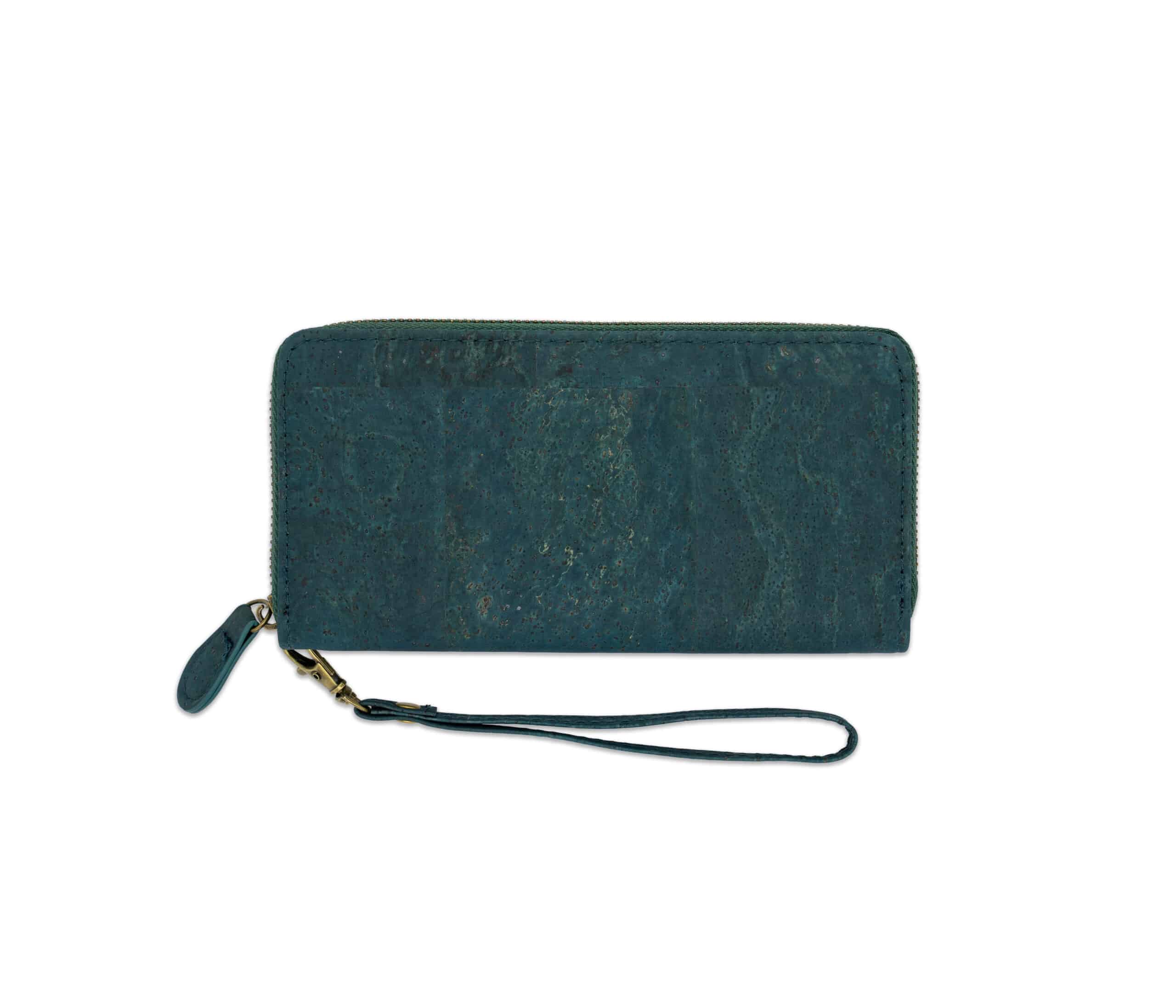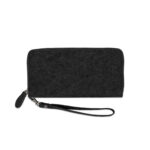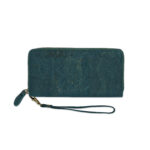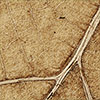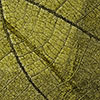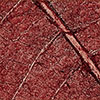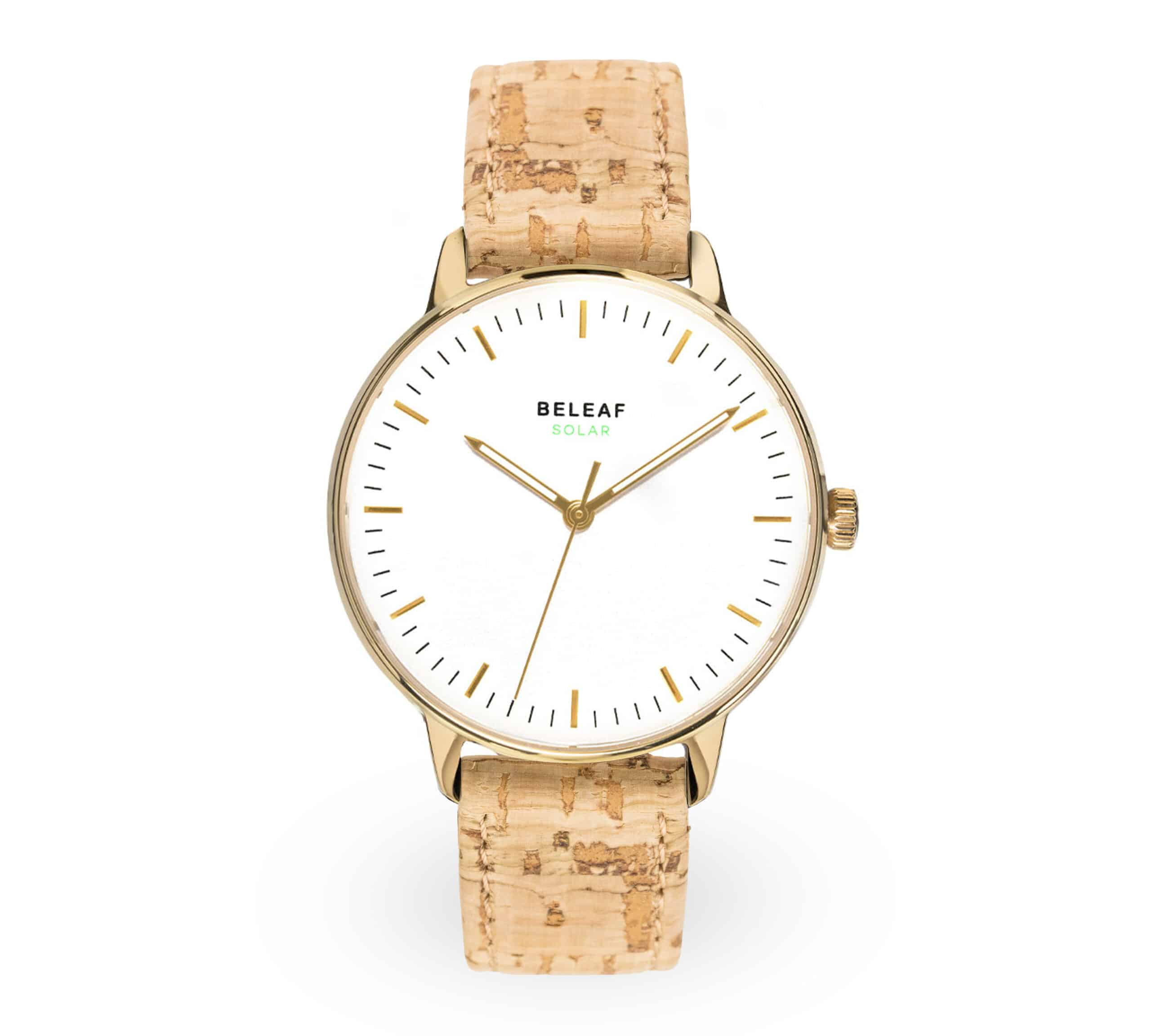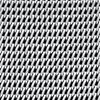Animals continue to be transported over long distances of thousands of kilometers for meat, milk and leather production. As long as the export of leather is so lucrative for many fashion companies, nothing will change in these terrible conditions. Via global trade, the finished leather ends up all over the world and is processed into shoes, bags, clothing or furniture.
A cruelly long journey
More than 1.4 billion animals are killed annually for the production of leather. Among them are mainly cattle, goats and sheep. In Turkey, more than one million animals have already been imported from Germany, Ireland, France, Spain, Brazil, Australia and Austria in 2018. Brazilian cattle are transported for weeks via ships to Turkey. German and Austrian animals could be traced to Lebanon during research. In Turkey, they often continue on to Iraq on trucks.
Without sufficient food and supply
As if the fact that the animals travel thousands of kilometers only to be killed in agony was not bad enough, there is also the fact that the transport is carried out without sufficient food and care. During the weeks-long journeys, the animals are often exposed to large temperature changes. In addition, there is insufficient space on the transport vehicles – the animals bump into each other and injure themselves. It is not uncommon for animals to fall and be trampled by their peers. For the animals to survive, they receive only the minimum necessary supply of water and food.
Agonizing death without anesthesia
In Europe, it is actually illegal to drag injured or dying animals all the way to the slaughterhouse. However, recordings show time and again that this rule is not observed. In the slaughterhouse, the animals’ throats are often ruthlessly cut without anesthesia. Even pregnant cattle are not left out in the slaughterhouse. The skin of unborn calves is even traded as particularly valuable leather in countries such as China.
Origin of the leather often unknown
Due to the lack of mandatory labeling for leather products and non-transparent trade routes, the origin of the animals often cannot be proven or traced. Therefore, consumers are often unable to identify the animal from which the leather originates and the country it comes from. Information such as “Made in” only provides information about the country in which the end product was last processed.








